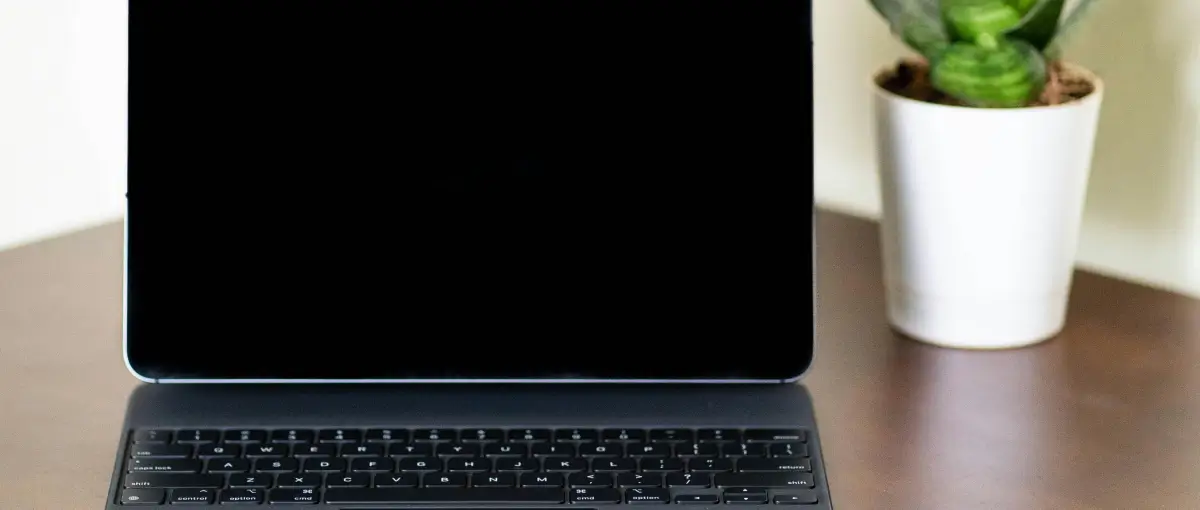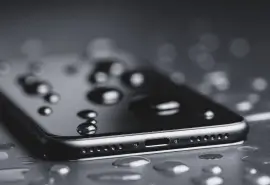A short DST (Drive Self-Test) Failed error means your hard drive (HDD) or solid-state drive (SSD) has encountered a critical issue during an automatic diagnostic check. This self-test, built into your Microsoft computer’s BIOS and startup diagnostics, quickly assesses the drive’s ability to read and write data. In most cases, it runs automatically during startup when the system detects potential hardware issues or instability, but it can also be manually initiated through the BIOS or built-in diagnostic tools.
When this test fails, it’s usually an early warning of hardware failure, bad sectors, or firmware corruption, all of which can put your data at risk. Ignoring the error can lead to complete drive failure, file loss, and system crashes. While some issues can be resolved through troubleshooting, more serious failures often require help from a professional hard drive recovery service. If you’re seeing this error and are concerned about losing important data, Secure Data Recovery offers industry-leading solutions for recovering files from damaged or failing hard drives.
The significance of DST failure
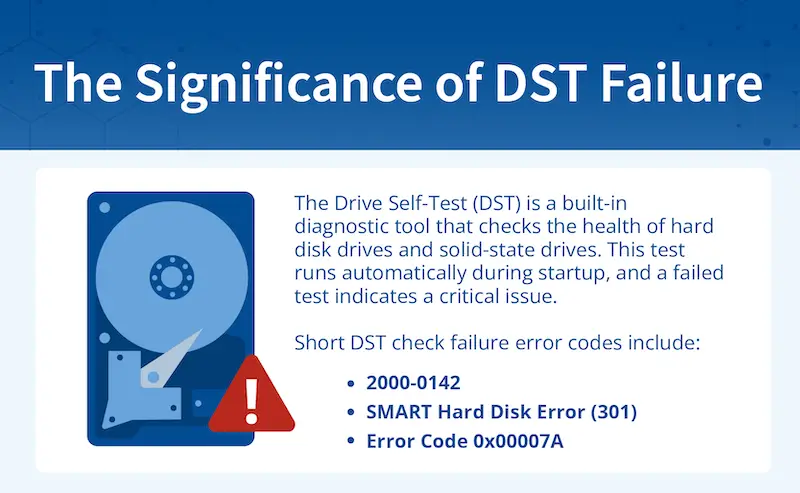
The Drive Self-Test (DST) is a built-in diagnostic tool found in most modern computers, used by manufacturers like Dell, HP, and others to evaluate the health of both hard disk drives (HDDs) and solid-state drives (SSDs). It is a core component of a broader system known as SMART (Self-Monitoring, Analysis, and Reporting Technology), which continuously monitors drive performance to detect early warning signs of failure.
While SMART monitoring collects data over time to predict potential failures, DST runs an active test to check whether the drive is currently functioning correctly. These tests are especially useful for detecting problems before the drive fully fails and data becomes inaccessible.
There are two main types of DST:
- Short DST: This is a quick scan that checks critical components such as the control board, firmware, and the drive’s basic read/write capabilities. Short DSTs often run automatically during startup if your system detects a potential issue or instability. You can also manually run a short DST through your BIOS settings or the manufacturer’s diagnostic utility if you suspect there may be a problem.
- Long DST: This is a deeper scan that examines bad sectors, platters, and read/write heads for potential issues. Because this test can take significantly longer to complete, it is not performed automatically and must be manually initiated through BIOS diagnostics or manufacturer tools. If a long DST fails, it typically indicates irreversible mechanical or physical damage to the drive. These failures cannot be fixed through software solutions or standard troubleshooting.
When a short DST check fails, it’s often accompanied by an error code — like a SMART error code — signaling that the drive may be at risk of failure. These codes help identify the specific nature of the problem.
Some of the most common error codes associated with a hard drive short DST check failed error include:
- 2000-0142: Frequently seen on Dell systems, often indicating hard drive failure
- SMART Hard Disk Error (301): Often appears on HP devices, indicating a detected problem with the hard drive’s health status
- Error Code 0x00007A: Occasionally shown during Windows boot issues and tied to drive failure
If you encounter any of these codes along with a short DST failed message, it’s a strong indication that your drive is at risk of failure and may require immediate troubleshooting or professional hard drive recovery services.
What causes a short DST failure on a hard drive?
A short DST failed error can occur for a variety of reasons, ranging from minor software issues to severe hardware failures. In some cases, the problem may be as simple as outdated drivers or temporary file system corruption. In others, it may be the result of bad sectors, firmware corruption, or physical damage to the drive.
The table below ranks the potential causes from least severe to most severe. It also includes common symptoms for each issue and the recommended fix to help guide your next steps.
| Underlying Cause | Symptoms | Recommended Next Steps |
|---|---|---|
| Loose or faulty cables | Your computer can’t detect the hard drive, the drive appears and disappears, or the system freezes during startup. | Check and reseat loose cables to ensure all physical connections are secure. |
| Software corruption | The computer takes a long time to start, freezes during boot, or shows error messages after a Windows update or new driver installation. | Perform a System Restore to roll back your PC to a previous, healthy state. |
| Outdated or corrupted drivers | The hard drive isn’t recognized properly, or you receive device malfunction notifications and inconsistent detection. | Try updating the drivers to resolve any communication issues between the operating system and the hard drive. |
| Bad sectors | Your computer is unusually slow, freezes often, files won’t open or are corrupt, and you may see random error messages or system restarts. | Run CHKDSK to scan for damaged areas of the drive. |
| Firmware corruption | The drive shows up with no file system (listed as “RAW”), gives unusual error codes, or Windows can’t read data even though the drive is detected. | Update firmware if the drive appears as RAW. If that doesn’t work, try performing a System Restore. |
| Aging hardware | You hear strange noises like clicking or grinding, the drive frequently disappears from the system, or SMART warnings show up in BIOS or drive health tools. | If the drive is nearing the end of its life, you may need to replace the drive and seek professional data recovery services. |
| Electrical failures | The hard drive doesn’t power on, makes no noise at all, isn’t detected by the computer, or causes the system to freeze during startup. | In cases of suspected electronic failure, it’s best to seek professional data recovery and consider replacing the drive. |
| Physical damage | You hear loud clicking, buzzing, or grinding sounds; the drive isn’t detected by the computer; or there’s a burning smell or visible damage on the drive. | If physical damage is suspected, stop using the drive immediately and seek professional data recovery. You may need to replace the drive if the damage is significant. |
If your drive has suffered physical damage or electrical failure, DIY repair attempts are not recommended. In these situations, trying to fix the issue yourself can lead to further damage and increase the risk of permanent data loss. When hardware failure is suspected, professional help the safest and most effective option for retrieving your data without causing additional harm to the device.
How to fix a short DST failed error and protect your data
A short DST failed error is a sign that your hard drive (HDD) or solid-state drive (SSD) is experiencing issues that could lead to permanent failure. Before attempting any troubleshooting, if you can still access your drive, it’s essential to back up your important data immediately to an external drive, cloud service, or NAS device (network-attached storage device).
If your drive is no longer accessible or showing severe signs of failure, like clicking noises or disappearing from your system, stop using it and contact Secure Data Recovery right away. A short DST check failure often points to a serious underlying problem, and if you’re not comfortable with technical troubleshooting, working with professionals is the safest way to protect your data.
Once your data is backed up you can begin working through the steps below. They’re listed in order from the simplest and least invasive fixes to more advanced or last-resort solutions.
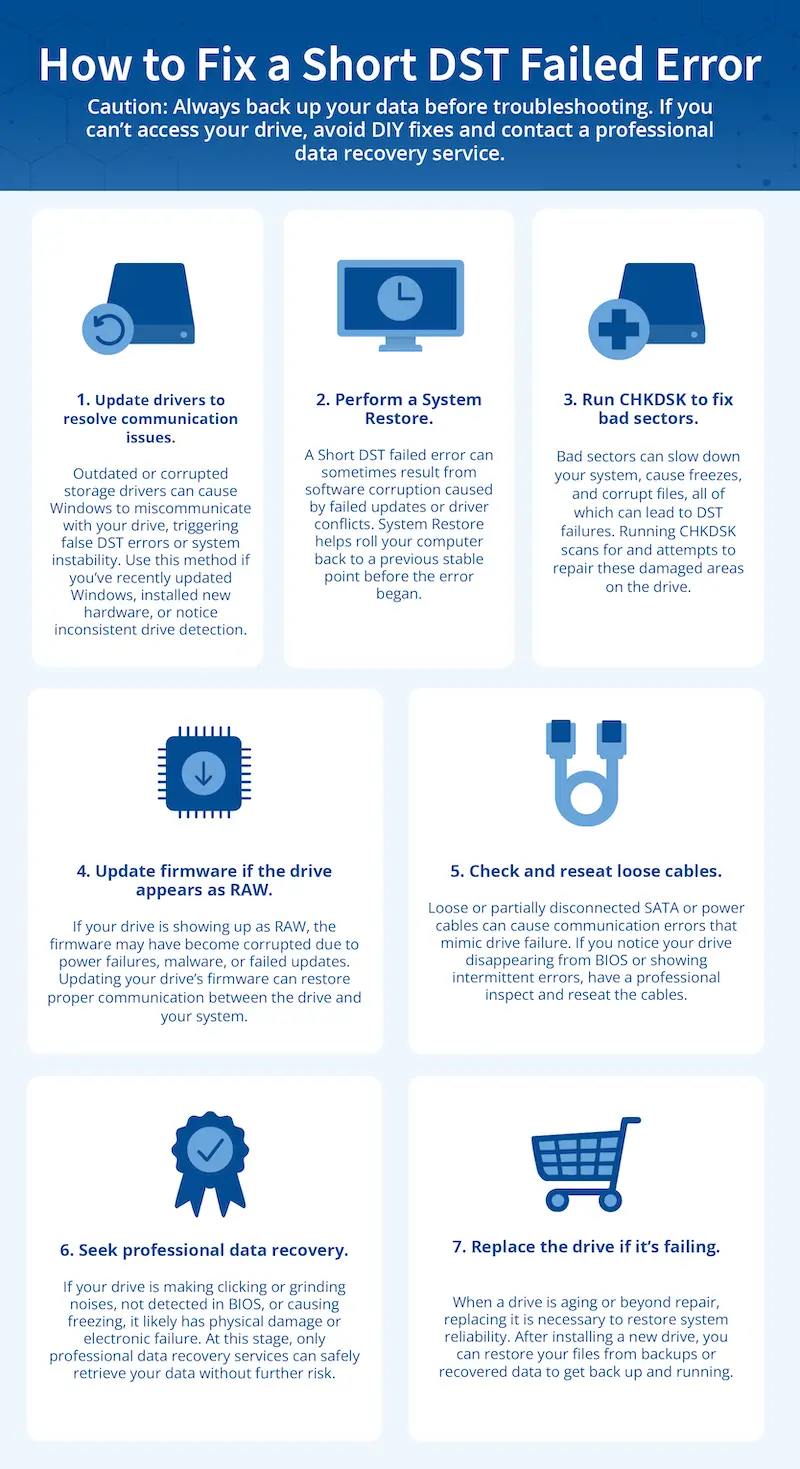
Method 1: Update drivers to resolve communication issues
In some cases, a short DST failed error isn’t caused by failing hardware but by outdated or corrupted storage drivers. These drivers allow your operating system to communicate with the hard drive correctly, and if they become incompatible or corrupted, they can trigger drive errors or false failure reports. If you’ve recently updated Windows, installed new hardware, or noticed inconsistent drive detection, updating your drivers may resolve the problem without needing further intervention.
How to update drivers:
- Press Windows + X and select Device Manager.
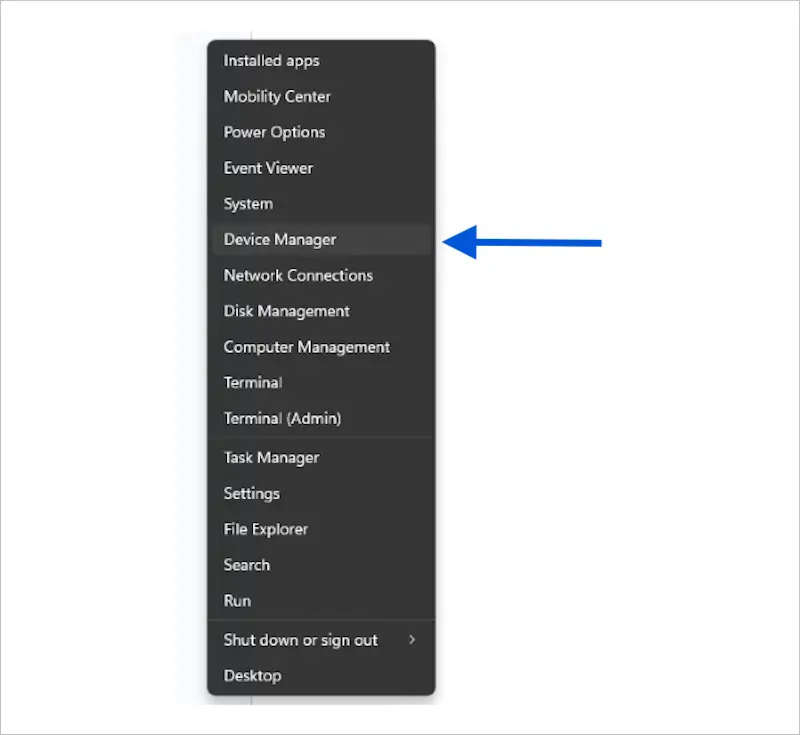
- Expand the Disk drives section.
- Right-click your drive and select Update driver.
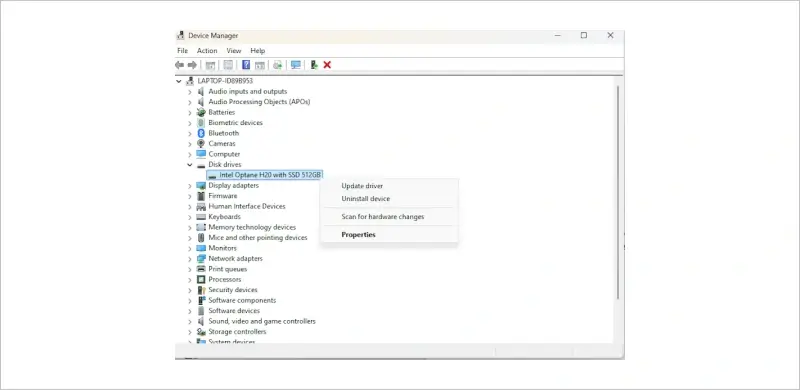
- Select Search automatically for drivers and allow Windows to find and install any available updates.
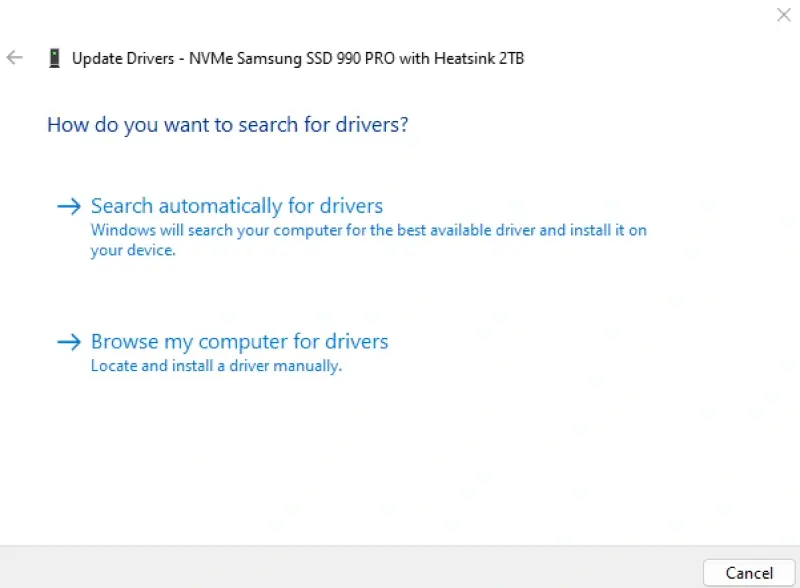
- Repeat this process for Storage controllers and IDE ATA/ATAPI controllers.
- Restart your computer and check if the short DST failed error has been resolved.
Method 2: Perform a System Restore
A short DST failed error can sometimes be triggered by software corruption rather than actual hardware failure. Corrupted system files, a failed Windows update, or a bad driver installation can cause your hard drive to behave abnormally and fail its self-test. If the problem started recently, performing a System Restore can often resolve the issue by rolling your computer back to a previous stable state, a point before the corruption occurred.
How to perform a System Restore:
- Restart your computer and enter Windows Recovery Mode.
- On Windows 10/11: Hold Shift while clicking Restart from the Start menu.
- If Windows won’t boot, turn your computer on and off three times to boot up into Automatic Repair Mode.
- Once in the recovery menu, click Advanced options > System Restore.
- Choose a restore point from before the issue began.
- Follow the on-screen instructions to complete the process and reboot your computer.
If the short DST failed error persists after completing a System Restore, your hard drive may have bad sectors or physical damage. In that case, run CHKDSK (method 3) to fix bad sectors.
Method 3: Run CHKDSK to fix bad sectors
Over time, hard drives can develop bad sectors, which are damaged areas of the disk that can no longer store data properly. If too many bad sectors accumulate, they can cause your drive to fail its short DST test, even if the rest of the drive is still functioning. Fortunately, Windows includes a built-in tool called CHKDSK that can scan for these problematic sectors.
How to run CHKDSK to fix bad sectors:
- Press Windows + S, type Command Prompt, then right-click it and select Run as administrator.
- In the Command Prompt window, type the following command and press Enter.
chkdsk X: /f /r- Replace X with your drive letter. For example, if your external drive is C, type chkdsk C: /f /r).
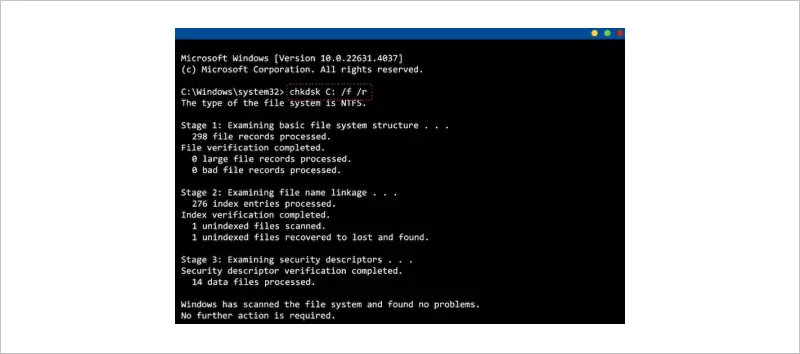
- Replace X with your drive letter. For example, if your external drive is C, type chkdsk C: /f /r).
- If Windows asks to schedule a scan on restart, type Y and press Enter.
- Restart your computer and allow CHKDSK to run (the scan can take several hours depending on the size and condition of your drive).
If your drive has a lot of bad sectors, it may need to be replaced.
If CHKDSK fails to complete or reports serious errors, it likely means the drive is failing at the hardware level. In this case, you may need to seek professional data recovery services (method 6) and consider replacing the drive (method 7).
If CHKDSK completes successfully and does not report critical issues, your drive may still be usable. Proceed to update firmware (method 4) for further troubleshooting.
Method 4: Update firmware if the drive appears as RAW
In some cases, a short DST failed error is caused by firmware corruption, which can make your hard drive unreadable or display the file system as RAW instead of NTFS or exFAT. This type of corruption can occur due to power failures, malware infections, or failed updates, and it prevents your computer from properly recognizing and interacting with the drive. Updating the firmware may restore communication between the system and the drive, and in some cases, resolve the DST failure.
How to update the drive’s firmware:
- Visit your hard drive manufacturer’s website (e.g., Seagate, Western Digital, Samsung, Dell, or HP).
- Look for the firmware update tool specific to your drive model.
- Download the update and follow the manufacturer’s instructions to install it.
- Restart your computer and check if the short DST failed error is resolved.
If the issue continues after the firmware update, the problem may be due to a loose or faulty cable connection between the drive and the motherboard. In that case, you should check for any loose cables (method 5).
Method 5: Check and reseat loose cables
One of the more common (and often overlooked) causes of a short DST failed error is a loose or disconnected SATA or power cable. These cables connect your hard drive to your computer’s motherboard and power supply. Over time, they can become unseated due to vibrations, accidental bumps, or even temperature fluctuations inside your computer case.
When the system can’t reliably communicate with the drive because of a poor connection, it may falsely detect a hardware failure and trigger a short DST error. Common signs of this issue include your hard drive appearing and disappearing from File Explorer or BIOS, or intermittent freezing or crashing during startup. These symptoms typically suggest a physical connection problem, rather than an immediate hardware failure.
If you notice these signs and suspect that a loose cable may be the cause, it’s best to contact a professional rather than attempting to fix it yourself. Opening your computer without proper precautions can introduce dust contamination or physical stress that could further damage the drive or other internal components.
Method 6: Seek professional data recovery
If your drive is making clicking or grinding noises, is completely undetectable, or leaves you staring at a blank screen, there is a strong chance the issue is due to physical damage, aging hardware, or an electrical failure. These are signs of serious hardware-level problems that cannot be fixed with software or standard troubleshooting.
If that’s the case, do not attempt to open the drive yourself. Excessive troubleshooting or exposing internal components outside of a cleanroom environment can cause irreversible data loss and make professional recovery more difficult.
How to get your data back:
- Stop using the drive immediately to prevent further damage.
- Contact Secure Data Recovery to safely extract your data from the damaged hard drive.
The sooner you schedule a hard drive recovery, the better your chances of successfully retrieving your documents, photos, and other irreplaceable files. Once your data is safely recovered, you may need to replace the failed drive (method 7).
Method 7: Replace the drive if it’s failing
Once your data has been safely recovered — or if the drive is too far gone to salvage — you may need to replace the hard drive entirely to restore your system’s functionality. This is often the final step when dealing with aging, severely damaged, or completely failed drives that can no longer be repaired or trusted for continued use.
How to replace the drive:
- Purchase a new HDD or SSD that fits your system specifications. Make sure it’s compatible with your device’s size and storage capacity needs.
- If the failing drive is still accessible, back up your data to another device.
- Physically replace the old drive by following manufacturer instructions or hire a professional to do this.
- Reinstall Windows using a bootable USB. You can create a fresh Windows installation drive using Microsoft’s Media Creation Tool.
- After setup, restore your files from a backup or from the recovered data provided by your recovery service.
Once you’ve completed these steps, your system should be fully functional, with a healthy new hard drive in place. Remember, acting quickly and carefully can make all the difference in protecting your data and avoiding permanent loss.
Expert tips for avoiding hard drive failure and data loss
While hard drives naturally degrade over time, proactive maintenance can significantly extend their lifespan and reduce the risk of unexpected failures. Whether you’re using an HDD or SSD, taking care of your storage device not only improves performance but also protects your important files from being lost due to preventable issues.
Below are some essential tips to keep your drive running reliably and your data safe for the long term.
1. Back up your data regularly
The most effective way to prevent data loss is to keep regular backups of your important files. Use an external USB drive, network-attached storage (NAS), or cloud storage to create automatic or manual backups. This ensures that even if your hard drive fails unexpectedly, your data remains safe and recoverable.
2. Monitor your hard drive health
Periodically check your drive’s condition using SMART monitoring tools or built-in disk utilities. These tools track key indicators like temperature, reallocated sectors, and read/write errors to help you detect potential problems before they lead to failure. Early detection can give you time to back up your data and replace the drive if needed.
3. Protect against power surges
Sudden power outages or surges can corrupt data or damage the drive’s internal components. Use a surge protector or an uninterruptible power supply (UPS) to safeguard your computer and storage devices from electrical instability. This is especially important during storms or in areas with an unreliable power supply.
4. Avoid physical damage
Hard drives are vulnerable to drops, shocks, and excessive vibrations. Always handle your laptop or external drive with care, and avoid moving your computer while it’s running. Even minor impacts can damage the drive’s internal components and lead to data loss.
5. Keep your system cool
Excessive heat is a major cause of premature drive failure. Make sure your system has adequate airflow, clean the fans and vents regularly, and avoid placing your laptop on soft surfaces that trap in heat. Improving your PC’s ventilation can help maintain optimal temperatures.
6. Defragment HDDs and optimize SSDs
For HDDs, occasional disk defragmentation helps organize fragmented data and improves performance. For SSDs, make sure TRIM is enabled, which allows the operating system to manage unused data blocks efficiently and extend the drive’s lifespan.
7. Update firmware and drivers
Keeping your hard drive firmware, BIOS, and operating system drivers updated ensures better compatibility and system stability. Updates often include bug fixes and improvements that prevent corruption, improve performance, and help your system correctly communicate with the drive. Regular updates reduce the risk of errors that can lead to DST failures or drive malfunctions.
By following these expert tips, you can significantly reduce the risk of drive failure and ensure your data remains safe and accessible. Consistent care and maintenance go a long way in preserving the health of both HDDs and SSDs. For more detailed recommendations on how to keep your storage device running smoothly, explore our full guide on hard drive maintenance tips.
Keeping your data safe after a short DST failed error
A short DST failed error is a serious warning that your hard drive may be close to failure. In some cases, it’s caused by software issues like bad sectors or corrupted system files, which can be repaired using built-in Windows tools. But if the drive is suffering from hardware failure — such as firmware corruption, aging components, or physical damage — continued use could result in complete data loss. Acting quickly by troubleshooting the issue or seeking professional help can make all the difference in recovering your files.
If your hard drive is making unusual noises, frequently crashing, or is no longer detected by your system, it may be beyond repair. Replacing the drive can restore your system, but your important data may still be trapped on the failed disk. When standard recovery methods fail, Secure Data Recovery offers the safest and most reliable way to retrieve important files from your hard drive. With industry-leading expertise and a proven track record, we can help you get your data back before it’s too late. Contact us today to start your recovery.

